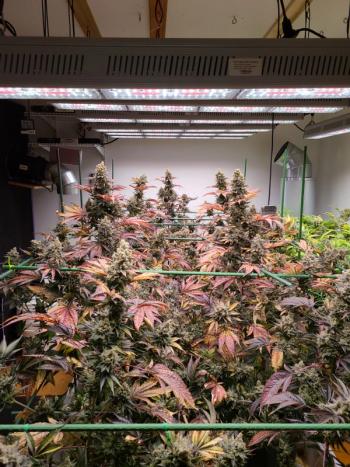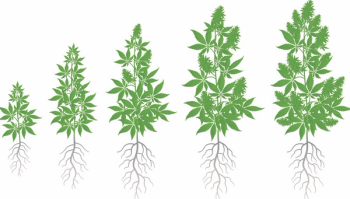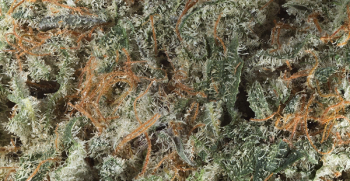
An explanation of the parameters for the implementation of the new methods for the analysis of residual solvents and terpenes using a single gas chromatography–mass spectrometry (GC–MS) system.


An explanation of the parameters for the implementation of the new methods for the analysis of residual solvents and terpenes using a single gas chromatography–mass spectrometry (GC–MS) system.

As markets mature, manufacturing terpene blends have become a new art form and a differentiating factor for potential therapeutic applications. Here, we dive deeper into the insights of terpene formulation considerations.

Listen to a Noid Factoid from Adie Rae, Assistant Scientist at Legacy Research Institute.

Our sister publication, LCGC recently published an article regarding new method determines gas-polydimethylsiloxane (PDMS) distribution constants of key Cannabis terpenes and terpenoids, and provided insights into their behavior and for optimizing SPME methods for analysis of these compounds.

Searching for purer, minor cannabinoids is the goal of new extraction research as extractors dig deeper into the diversity of the plant.

In this article, we explore how cannabis extraction technology can preserve the acidic cannabinoids in the process.

In this article, we explore the difference in chemical profile between fresh and dry cannabis flower and why manufacturers may choose to extract frozen or dry cannabis.

In this article, Markus Roggen demonstrates a new method for recapturing terpenes lost during the cannabis extraction process.

In part I in a new series of columns, we begin a discussion of the theory of chromatographic separations. Our goal is to derive equations that will help you better perform experiments to optimize your separations.

A review of the claims that differences in extract type can affect cost, ease of formulation, and the experience of the finished product.

The various extract types are defined so there can be some consensus once and for all.

Part II of this series reviews the history of vape products, producing cannabis vapes, the myriad of extract types, and how temperature and hardware impact the user experience.

Different extraction processes, new products, and new equipment combine to create the perfect storm of better, safer extractions.

In part one of this two-part series, we review the history of vape products and their obstacles.

Terpenes can be tricky. Although cannabis is heavily regulated, since cannabis-derived terpenes do not contain tetrahydrocannabinol (THC) and other cannabinoids, they are not regulated in the same way that cannabis is.

Learn the ways light energy from different parts of the action spectrum can affect plant expression, harvest structure, and quality characteristics and how light-emitting diode light fixtures can be controlled to modulate light intensity and spectral distribution to produce different effects.

Soil, water, and nutrient compositions play important roles in one’s quest to produce ultrapremium flower material; but unequivocally, it is lighting spectrum, coverage, and penetration that have the most influence over the terminal outcome, particularly in controlled environment agriculture.

This article explores the pros and cons of grinding cannabis prior to extraction along with the effects of particle size.

Here we explore the role that terpenes play in plant immunity, defense, and signaling.

A review of the chemical makeup of cannabis extracts and how they affect the human body. From terpenes to cannabinoids, this article takes a deep dive into the chemistry of cannabis extracts.

Dr. Jacqueline von Salm discusses her research and what we can expect from her talk “Unique Terpene Metabolites as Descriptors of Cannabis Phenotypes and Products” during the Spring 2020 CANN Virtual Symposium in The Second Annual ElSohly Award session on Wednesday, May 6.

Dr. Justin Fischedick discusses his research and what we can expect from his talk “Terpenoids of Cannabis sativa L., Analysis and Applications” during the Spring 2020 CANN Virtual Symposium in The Second Annual ElSohly Award session on Wednesday, May 6.

An in depth look at the process behind terpene analysis in medical marijuana

A look at the capabilities of microwave-assisted extraction and how the cannabis industry can utilize it

Better, accurate and more reliable analytical testing is needed in the industry. The author discusses one such method that goes well beyond the current contaminant testing done today in most laboratories.